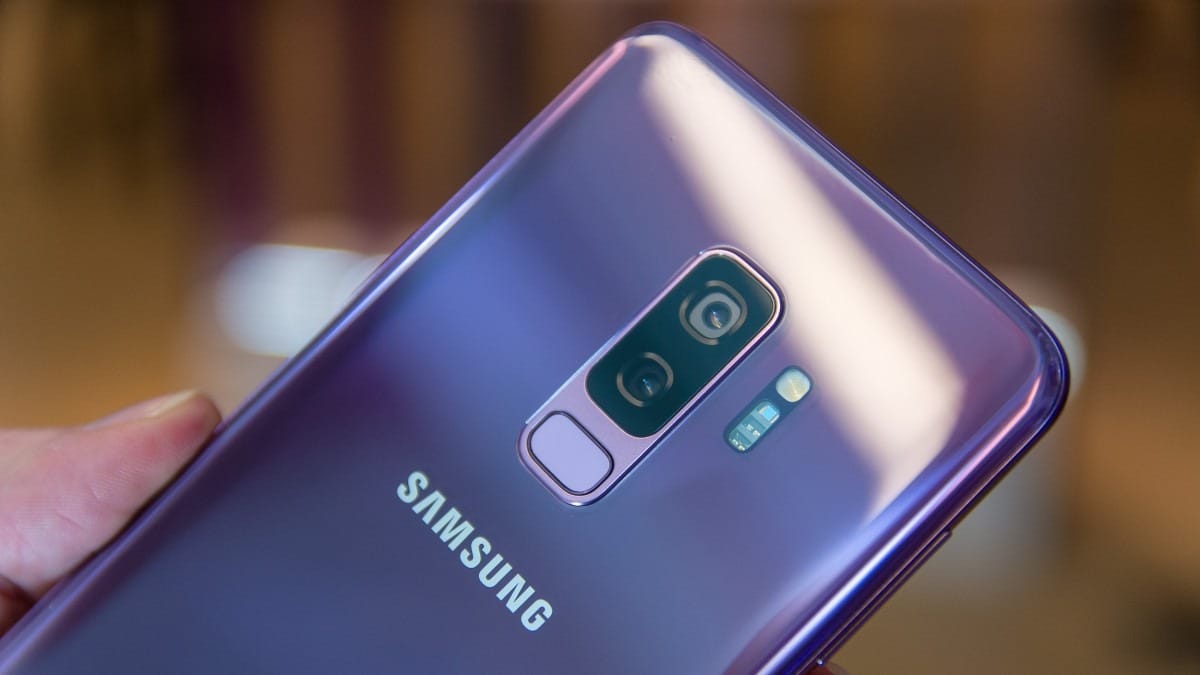

Samsung’s has recently revealed the flagship phone, the Galaxy S10 that shows further particulars and information of the device’s future cryptocurrency features.
Introducing the “Blockchain Keystore” app on the S10 shows a screen that shows “Store your cryptocurrencies more steadily,” along with an explanation of what else the application can give.It’s yet not clear whether the S10 will have different features of a cold wallet beside the private key protection.
The first authorized monocles of the phone were proclaimed in the U.S. last week; however, only brief reference was made of its capability to store crypto in the private keys.
However, Park Geun-mo managed to appraisal the expedient at Samsung’s flagship D’light store in Seocho-Gu, Seoul, where the tech massive often first showcases its newest foodstuffs. Samsung has even explained how to send funds via the wallet app.
First, after entering the address, sum, and payment to be sent and persistent the right button, operators are encouraged to settle with impression PIN and ID code. Interestingly, the Blockchain Keystore also offers hints regarding the opportunity of joining to Samsung’s expenditures stage Samsung Pay in the future. The conditions and terms that clarify that Samsung’s Payments Service Group is accountable for investigations about Blockchain Keystore expenditures.
Perhaps the Galaxy S10 will make enthusiasts cancel their FINNEY or Exodus 1 orders. Whatever the outcome, the Galaxy S10 will be shipped and purchased in quantities that far outnumber the figures attached to the FINNEY and Exodus 1 phones. Exposing this many person to crypto-centric features and apps has the potential to help spur the mass adoption of blockchain technology. The phone shows up from the highest of the phone, a bit like the pop-up camera on the Oppo Find X. The shade is not activated, so the users will have to open it physically by forcing on the flat glass back, that is a bit difficult to do. It mustn’t be a matter, as the wallet is meant to stay locked 90 percent of the time the users will require to open it to confirm cryptocurrency transactions, that does not take a longer time, but finishes in just a few seconds.
Additionally, as many interchain blockchain schemes emphasis on using validators for their system agreement, others have upheld the stress of using PoW through nuanced methods. Block Collider uses an enhanced form of Nakamoto Agreement for a long chain of various blockchains deprived of the requirement to modify its safety model to that of PoS or using authenticating nodes.